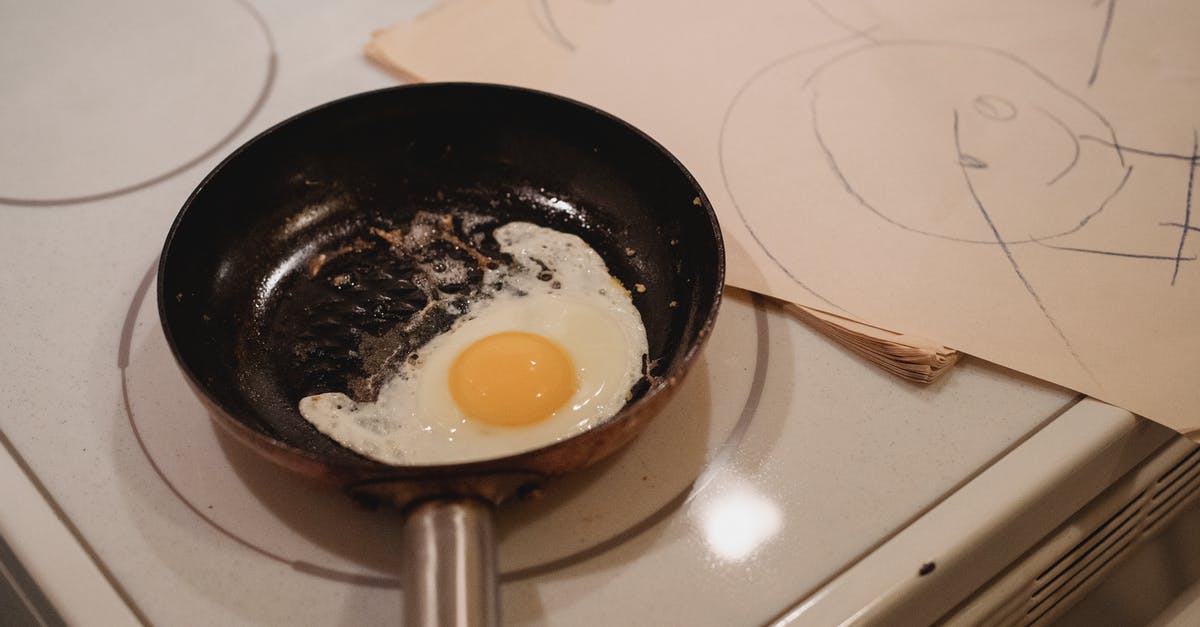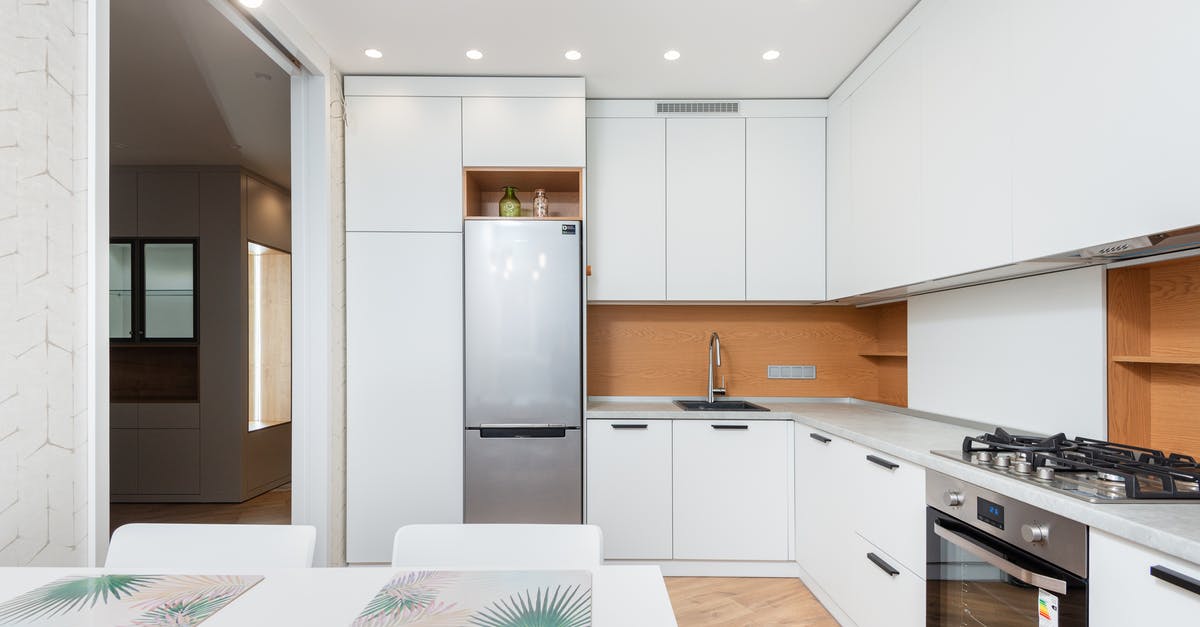How do we decide between gas, induction, and electric (ceramic) stoves?

I'm surprised I only found one previous thread on this topic and it was 5 years old, so i think it's worth asking again since I'm sure some things have changed.
We're going to be remodeling our kitchen very soon. I'm not a professional chef, but i do like to cook. This will be the first time I've had the opportunity to actually pick out what stove to use rather than using whatever came with the house or apartment.
I'm trying to decide which type of stove to get. Gas I have the most experience with and seems like the simplest to use. It's also a bit of pain to keep clean.
The induction cook tops seem very cool, certainly seem to be easier to clean. But i'd have to replace a fair bit of cookware. I'm not really concerned about having to do that - buying a new set of pots and pans will be relatively cheap compared to the remodel.
The ceramic ones - the only reason that seems worth considering is it should also be easier to clean than gas. But it also feels like it would be too similar to those cheap stoves that use those coils - and I hate those things.
Can anyone list more pros and cons of each to help me make a more informed decision. E.g., this one will heat faster, etc. No opinions, just comprehensive facts, please.
Best Answer
Aside from the differences in cleaning and price, which are important, I find that the biggest issue for me is actually cooking on the stove.
Gas
- This is what you're used to using
- The control of it is reasonably accurate (if your gas stove has better control than high/low/off)
- The response time is immediate (if you lower the setting, it has immediate effect and less energy is transferred to the pot)
- Reasonably energy efficient
Electric
- It's quite a change from gas, requires new cooking habits (mostly due to the response time, see below)
- The control is very accurate (on a modern stove you'll have ten power levels)
- The response time is quite slow (takes a minute or two to heat up initially. Worse is that changing from power level 8 to 4 takes a few minutes, with the pan being too hot for that time)
- Low energy efficiency (relative to the other options)
Induction
- Doesn't require a major change in habits, but does require thought (I used to heat a pan with oil on the gas, then lift it to move the oil around to cover the bottom. On my induction stove, picking up the pan turns off the coil after a few seconds)
- The control is very accurate (usually ten power levels)
- The response time is very fast. Faster than gas on initial heating of the pot, equivalent to gas when turning down.
- Reasonably high energy efficiency.
- A powerful induction stove can transfer more energy than gas for equivalent safety, as the gas would require a large flame. Simply put, a 3kW induction stove can boil a 5 litre pot of water in about three minutes.
Note that for a good induction and electric stove, you'd probably need a three-phase electrical connection in the kitchen. You should check the model before talking to the electrician, though.
Pictures about "How do we decide between gas, induction, and electric (ceramic) stoves?"



Which is better electric induction or gas stove?
While electric is certainly more energy-efficient than gas, induction is still the clear winner for efficiency. Stovetop or cooktop electric cooking allows only 65-70% of heat to reach food as opposed to induction's 90%.Which is better induction or ceramic cooker?
In short, induction cooktops are far more efficient than ceramic cooktops as they only heat the pan and not the surrounding air or the cooktop's surface. Induction cooktops remain cooler during the cooking process, the ceramic top only heats from residual pan heat and loses heat quicker once turned off.How do I know if my stove is ceramic or induction?
A quick test is to see if a magnet sticks to the bottom of the pan. If it does, then your pans should be suitable with an induction hob.Should I switch from gas to induction cooktop?
Gas. A significant difference between a gas and induction stovetop is that induction is significantly more efficient than gas \u2013 food being cooked with induction will receive 90% of the heat generated instead of only 40 to 55% for gas. This keeps your kitchen much cooler and more comfortable while you prepare meals.Gas, Induction, Electric: The Complete Guide to Kitchen Stovetops
More answers regarding how do we decide between gas, induction, and electric (ceramic) stoves?
Answer 2
Induction (I never actually read this, but thought it looked useful; used my own knowledge)
- Only work with certain metal pots
- Will not burn non-metal items, as long as they haven't had a metal (kid-friendly)
- Cost-efficient once installed (if not in CA or other states with expensive electricity)
- Easy to clean: water and soap
Gas
- Works with all types of pots
- Dangerous, may catch items on fire (stay away from curtains, plants, etc)
- Generally less cost-efficient than induction stoves (unless in CA or other states with expensive electricity)
- Harder to clean: occasional scrubbing is needed
Ceramic
- Works with all types of pots
- Remains hot and dangerous for a longer time than induction/gas stovetops
- Less control over heat, may burn food or reduce quality
- Takes a long time to prepare and heat up
- Medium cleaning difficulty: no hard scrubbing, but not just a wipe away; may affect performance if not clean
Brands: There are sooo many brands out there. You might want to check out GE, Home Depot, Sears, and IKEA first. But for ceramic cooktops, a deeper search might be in question.
TLDR: Depends on what you're looking for. Induction is the generally best (cost, safety, maintenance, control) but only works with certain pots.
Answer 3
1 great feature with gas is that you can still cook if your electricity is out. This feature has come in handy on a few occasions but is certainly not a deciding factor.
Answer 4
I have used all types. Gas is best. Look into any restaurant or commercial kitchen and you will find nothing else. Response time is tops for both raising temperature and lowering. It is also the most energy efficient and lowest cost of operation.
Worst is glass/ceramic cooktop. Heat control is horrible. The glass surface gets very hot and even after you turn it down it stays hot and continues to over cook your food. The control knob does not directly control heating. The glass top has sensors that measure temperature of the surface, then turn the sub-surface heater coils on or off constantly changing from high to off. Totally inadequate for trying to control your cooking temperature. They are terrible to clean. Any tiny drips or accidental boil-overs (because heat response is so bad) causes whatever you are cooking to burn to the surface of the glass. No liquid cleaners will remove. You must either use an abrasive cleaner and scrub, scrub, scrub, or use a razor blade and then an abrasive cleaner. If you only boil water, or use the microwave you can clean a ceramic once and then not use it and it looks ok. Other than that it is worthless. No one who loves cooking could have designed a glass cooktop stove.
Electric resistance coil is actually second best. Works on any type of cookware and is quite controllable. When you turn the control knob up or down it immediately increases or reduces the power to the coils and changes the temperature. A little more difficult to clean than gas, but far easier than glass top.
Sources: Stack Exchange - This article follows the attribution requirements of Stack Exchange and is licensed under CC BY-SA 3.0.
Images: Kamaji Ogino, Max Vakhtbovych, Max Vakhtbovych, Max Vakhtbovych
